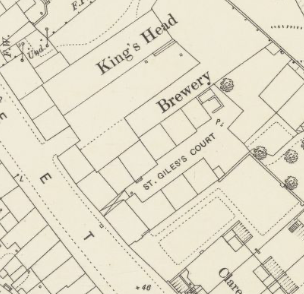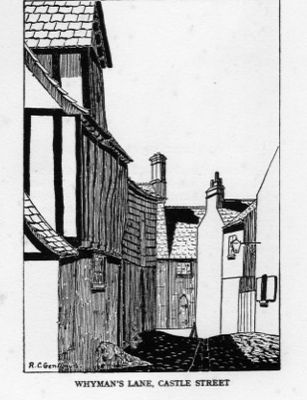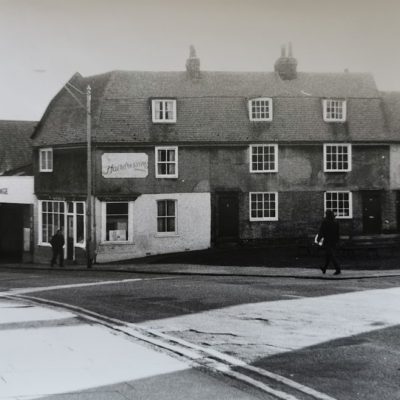Search by topic
- archaeology
- Building of Local Interest
- chapel
- charity
- church
- crime
- dressmaker
- fire
- Great Eastern Railway
- Listed building
- Mapping Relief
- medieval
- oral history
- poverty
- Public House
- Religious House
- Roman
- scholar
- school
- Then and Now
- tudor
- women
- work
- world war one
- world war two
Search by text
Roman Shrine
History of Roman Shrine
The CAS 1999 publication ‘Roman Cambridge’ by Alexander and Pullinger describes (p.45-47) the archaeological remains of the the second century Roman shrine found at approximately this location.
Its dimensions were 8m x 5m and it was cut 2m deep into the natural chalk. There was evidence of post holes used to support a superstructure and of plank lining. An amphora with a painted inscription came from these postholes. There were dog, horse and cow skeletons suggesting sacrifices. A horse had been killed and then surrounded by various large pottery vessels and iron objects.
Nearby three small dogs had been arranged in a triangle. All wore iron collars. A flagon was placed in the middle.
The many bones included 17 cow mandibles, 15 pig mandibles, 3 complete dog skeletons and 4 skulls. Other bones came from cats, ducks, chickens, hares and birds as well as 6500 oyster shells. There were also glass vessels, bone pins and needles, bone gaming pieces, a flute like bone pipe, an intaglio of Bacchus and coins.
The shrine deposits had been sealed with a layer of clay and then covered over by deposits of the 3rd and 4th centuries.
Contribute
Do you have any information about the people or places in this article? If so, then please let us know using the Contact page or by emailing capturingcambridge@
License
This work is licensed under CC BY-NC-SA 4.0









